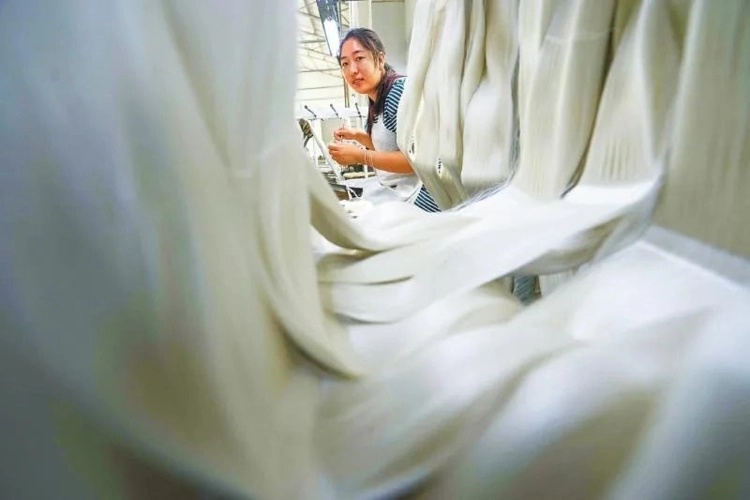Initiative of China Long Thread Weaving Association on Avoiding Blind Investment
Published Time:
2023-01-06
Recently, the Third Executive Council of the Third Session of the China Filament Weaving Association approved the "Initiative on Avoiding Blind Investment".

Recently, the Third Executive Council of the Third Session of the China Filament Weaving Association approved the "Initiative on Avoiding Blind Investment". The following is the full text of the initiative:
China is the largest producer of filament weaving industry and has an international competitive advantage. Long filament weaving is one of the fastest growing textile industries in China. From 2000 to 2015, China's chemical fiber long filament weaving industry achieved an average annual high-speed growth of over 15%. Since 2016, market demand has entered a state of slow growth, and the industrial base has also reached a considerable scale. The industry's output has increased from 43.3 billion meters in 2015 to 55.7 billion meters in 2021, with an average annual growth rate of 4.3%.
Due to the low investment, high efficiency, and relatively low entry threshold of the filament weaving industry, production capacity has significantly expanded in recent years, but the growth rate of output has slowed down. According to statistics, as of the end of 2019, the scale of weaving machines in China's filament weaving industry reached 700000, including 640000 water jet looms. That year, China's production of synthetic filament fabrics was 55 billion meters. As of the end of 2021, the scale of weaving machines in China's filament weaving industry reached 795000 units, including 730000 water jet looms, with a filament fabric production of 55.7 billion meters that year. By comparing these two sets of data, it can be seen that under the impact of the COVID-19 and the international political and economic turmoil, the scale of China's water jet looms still has an average annual expansion of 6.8%, while the output has only an average annual growth of 0.6%. This means that there is a significant shortage of start-up in the entire industry, and the newly added production capacity cannot be effectively released.
The future development focus of the filament weaving industry needs to shift from capacity expansion to technological progress and upgrading, as well as product development and innovation. Therefore, we propose the following initiatives to the entire industry.
Recommended News



